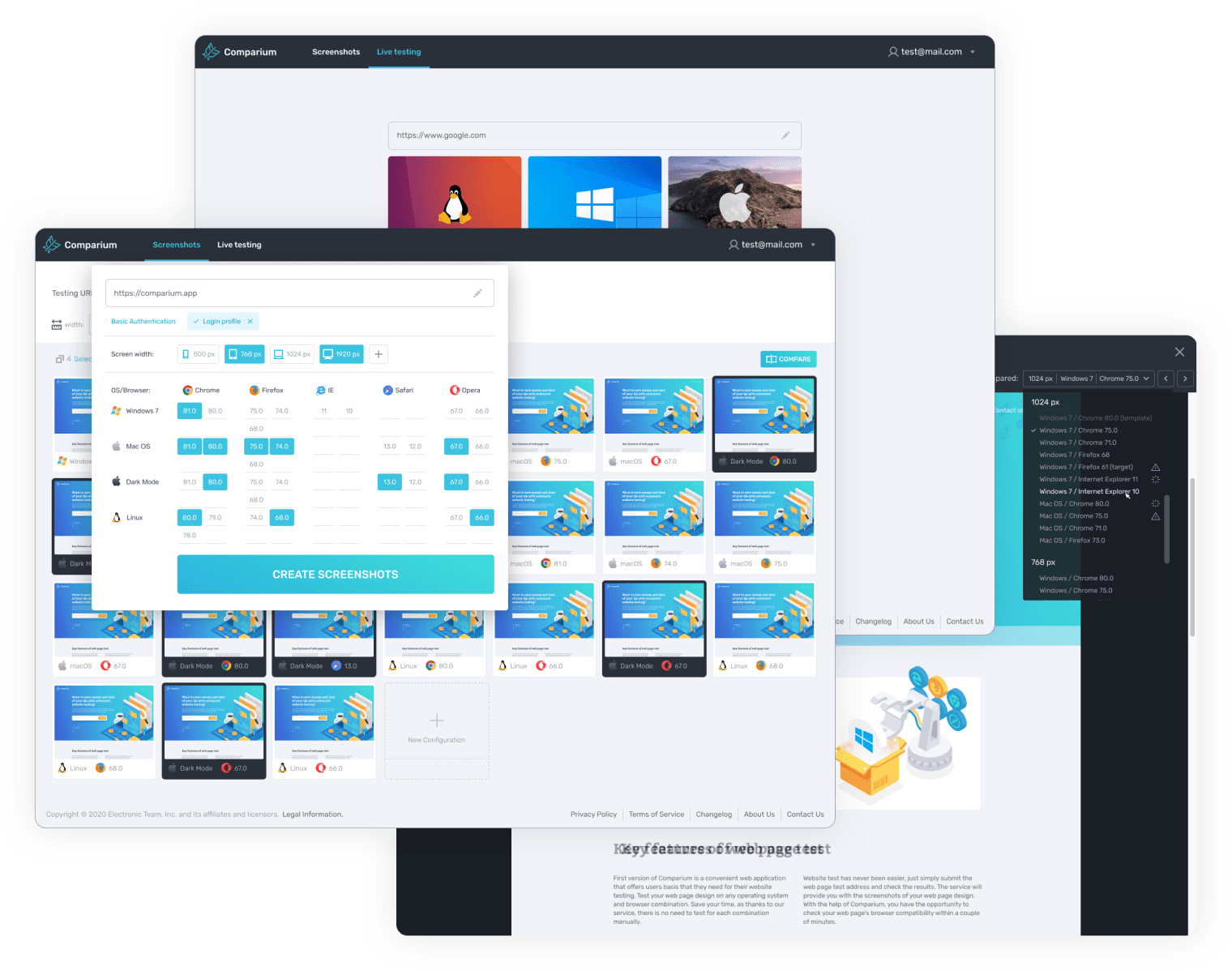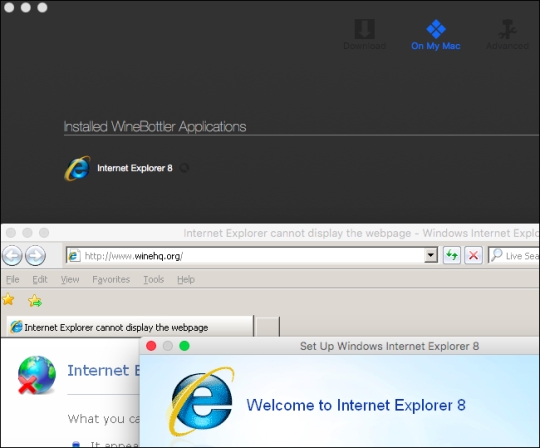
(Optional) Create a reusable action to use in all your tests for launching the browsers. In the Value column for the parameter, enter the value of the parameterīack to top Launch a browser using a data table parameter

In the Run dialog box, expand the Options section and select the Input Parameters tab. PHANTOMJS: Opens the locally installed version of the PhantomJS web toolkit.įor details on adding mobile-relevant parameters, see Define Mobile Record and Run Settings.Opens Chrome in emulated mode with the specified device. Opens the installed version of Microsoft Edge with the Edge Agent for UFT already enabled.ĬHROME_EMULATOR.
MAC IE EMULATOR MAC
Opens Safari on the remote Mac computer connected to UFT One (defined in the Web tab of the Record and Run Settings dialog box or in the REMOTE_HOST environment variable).ĮDGE.

Opens the latest version of 64-bit Mozilla Firefox that is both installed on the computer and supported by UFT One. Opens a 64-bit version of Internet Explorer. In the Global tab of the Data pane, set the value of the parameter. UFT automatically adds a column to the Global tab in the Data pane or a test parameter.īefore running the test, do one of the following, depending on the parameter type selected: For a Global Data Table parameter (The default parameter name is Browser.)Ĭlick Apply to save the changes and OK to close the dialog box. In the Parameter Name field, enter the parameter name. In the Parameter type drop-down list, select the parameter type: Global Data Table or Test Parameter. You can leave the Browser drop-down list as the default value. (Optional) In the Address field, enter the address to which to open the browser. In the Web tab, select the Open the following when a record and run session begins: option. In the Record and Run Settings dialog box, select the Web tab. Instruct UFT One to automatically launch a specific browser for a test run using the Record and Run Settings: In the Test Settings dialog box, click Apply and OK to save the variable and close the dialog box.īack to top Launch a browser with a test parameter Opens the locally installed version of the PhantomJS web toolkit.Ĭlick OK to save the Name and Value of the variable. Note: In UFT One 15.0, the agent is named Edge Agent for Functional Testing. Opens the installed version of Microsoft Edge with the Edge Agent for UFT already enabled. Opens Safari on the remote Mac computer connected to UFT One. Supported for Chrome versions 60 and higher. Opens the locally installed version of Headless Chrome.

Supported on UFT One versions 15.0.1 and later Opens the installed version of Microsoft Chromium Edge. Opens the installed version of Google Chrome. Opens the installed 64-bit version of Internet Explorer. Opens the installed version of Internet Explorer. In the Value field, enter the value (case-sensitive) for the browser to open. In the Add New Environment Parameter dialog box, in the Name field, enter BROWSER_ENV (case-sensitive). In the user-defined variables list, click the Add button. In the Environment node, from the Variable type drop-down list, select User-defined. In the Settings dialog box, select the Environment node.

Using the BROWSER_ENV environment value, change the browser to launch each test run, and in some cases specify a specific browser version (if installed). When you start the test run, the specified browser opens the Web address entered.īack to top Use the BROWSER_ENV environment variable to launch a browser For details, see Connect to a remote Mac computer Note: If you choose Apple Safari, you must provide additional connection information.


 0 kommentar(er)
0 kommentar(er)
